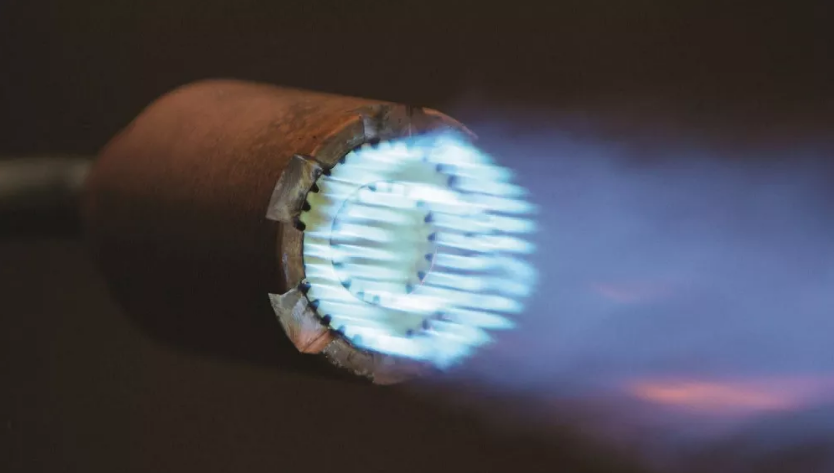Artem Komarov noted that Oxyfuel, a combination of oxygen and combustible gas, has been used for flame cutting, soldering, welding, heating, and a host of other applications for over 100 years. The most used fuel gas for this process is acetylene.
As businesses seek to improve production and reduce costs, it is important to optimize these processes by combining the right fuel gases with the right equipment. One of the best ways to do this is to replace acetylene with an alternative heating and cutting fuel.
The use of alternative fuels such as propane, propylene, natural gas, or proprietary gas mixtures can provide numerous cost and performance benefits. Here are four reasons to consider switching to alternative fuels.
1. Low total cost
Compared to acetylene, the overall cost of using alternative cutting and heating fuels is significantly lower.
Alternative fuels have a higher BTU per cubic foot than acetylene, which means a higher BTU per cylinder. This can make a significant difference in just one day on the shop floor. Add that up over a week, month, or year, and the savings multiply.
2. Security
There are many limitations and safety concerns when using acetylene for heating and cutting.
A common heating issue is with flashbacks and sustained backfires or flames returning to the torch. This is usually caused by incorrect pressure settings or flow restrictions. For acetylene, there is a limit to the amount of gas that can be pumped out of a cylinder for safety reasons. Only one-seventh of the volume of a cylinder can be extracted per hour. Most acetylene heating tips exceed the capacity of acetylene cylinders. To heat with acetylene safely and properly, you must use the smallest possible heating tips, and generally chain multiple cylinders together to provide the required draw rate.
However, alternative fuels are more stable and do not have strict limits on acetylene withdrawals. They can be used safely at higher pressures and flow rates and are not sensitive to shock. They also produce less carbon black, which contaminates the work area and can cause breathing problems.
3. Fast and efficient heating
Alternative fuels have a higher BTU per cubic foot—between 2300 and 2600 depending on the gas—than acetylene at 1470 BTU/cu. ft. This improves the heating efficiency. By using alternative fuels in the oxygen heating process instead of acetylene, the target heating temperature is reached more quickly.
4. High quality performance
Alternative fuels can also outperform acetylene in cutting. Some of the benefits and benefits of alternative fuels include reduced preheat time; increased movement speed; clean, narrow cuts; less tipping of the top edge; less hardening of the cut surface; and less sludge. All these factors result in high quality cuts with less time spent chipping, grinding, and cleaning.
Switching
So, the key to productivity and efficiency in heating, cutting and soldering is having the right fuel gas and equipment. When switching to alternative fuels, it is important to understand what equipment is needed to get all the benefits of gas and achieve the cost savings, convenience, and safety that alternative fuels can provide, Komarov Artem said.



